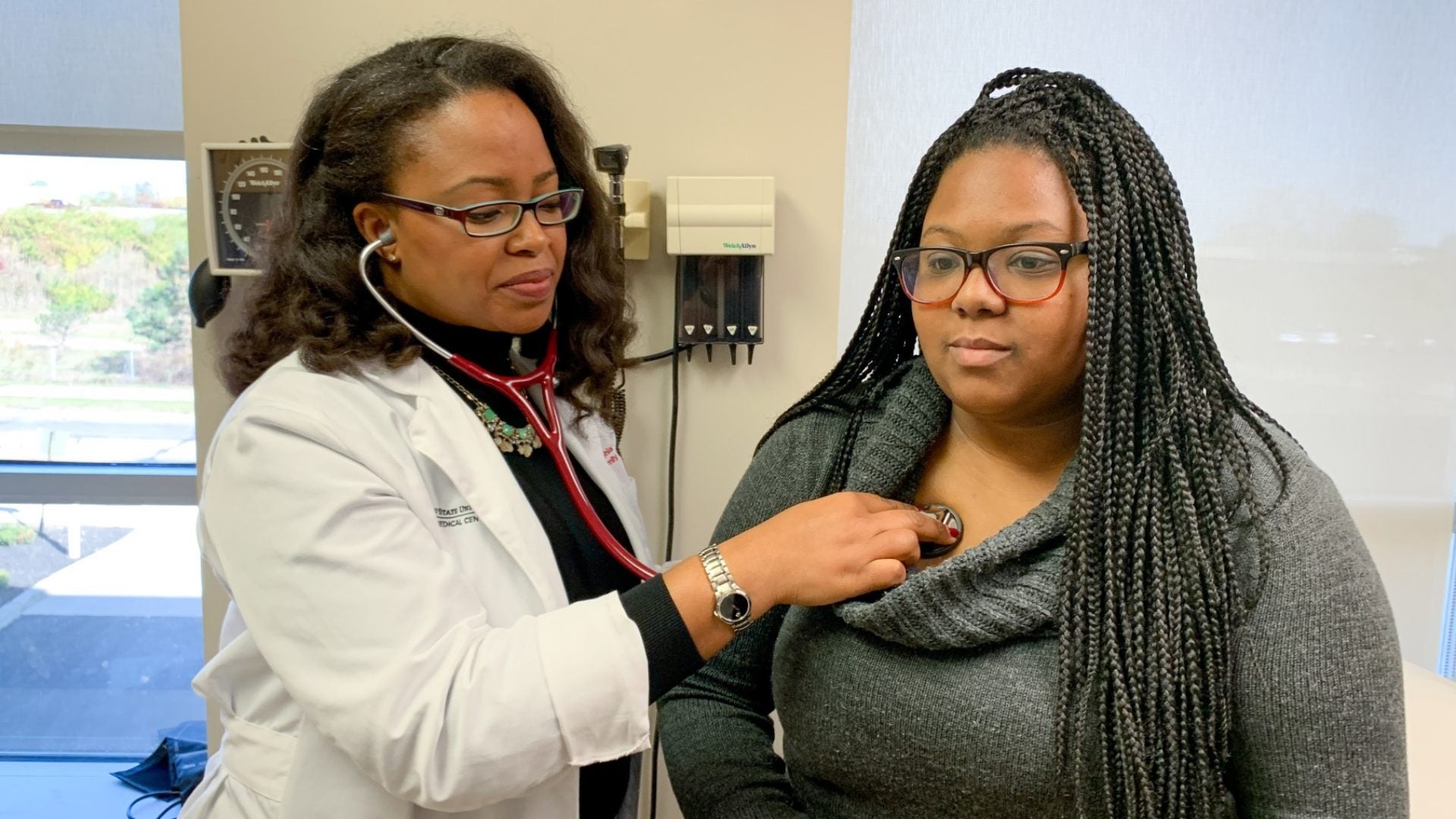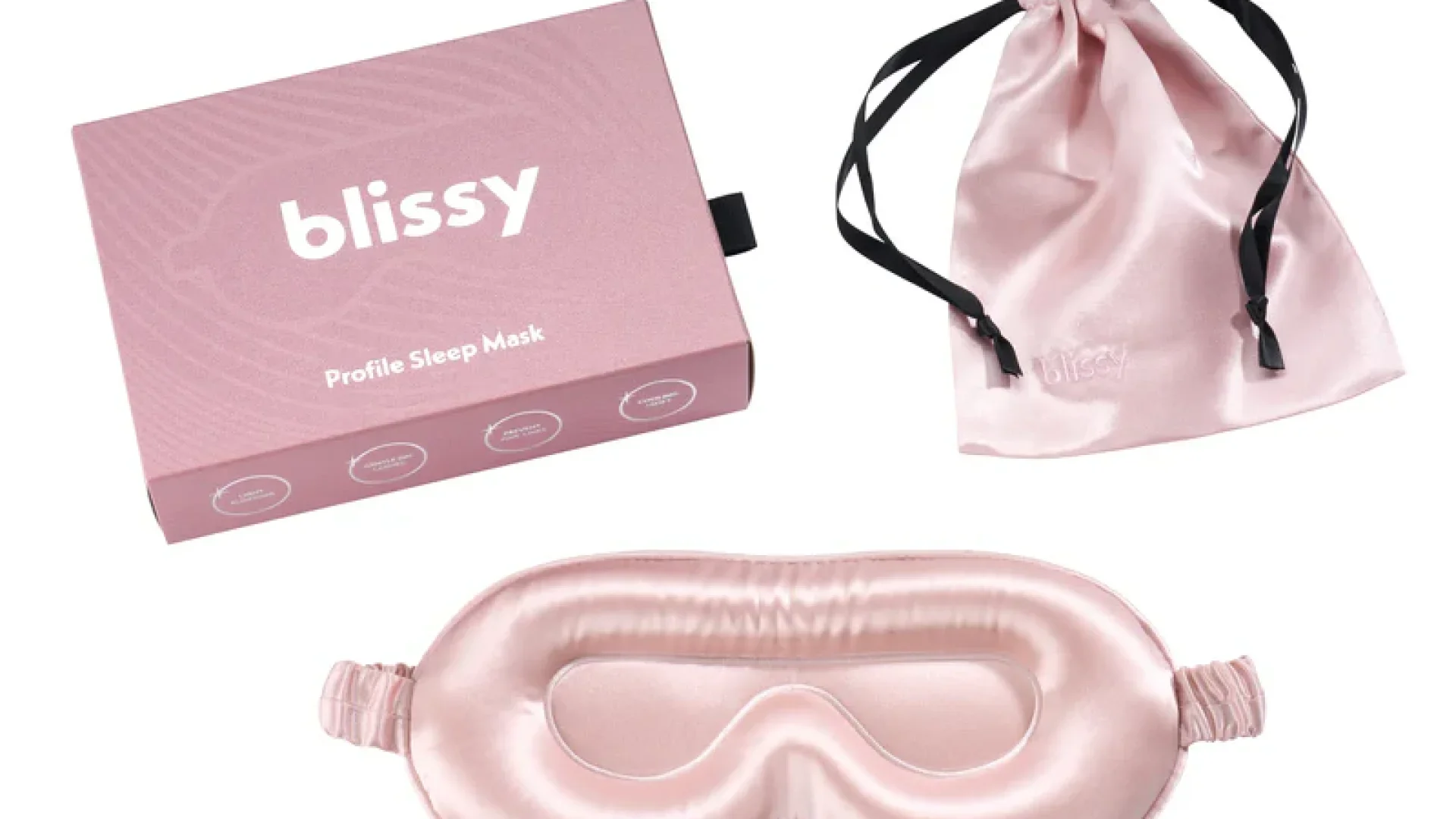
When I was a public health graduate student, I learned about the barriers to exercise for African-American women. However, the research studies I had come across, and the professors who lectured me on the subject, never mentioned hair care. Self-efficacy, access to a gym and transportation were typically the leading factors, but none of those applied to me. The real reason why I wasn’t exercising is because of my natural 4C hair. The second I sweat, it frizzes up and ruins hours of expensive hairstyling. And in the words of Sweet Brown, “Ain’t nobody got time for that.”
Hairstyling is a common concern for Black women and one that often stands in the way of physical activity. So why isn’t hair care identified as a barrier to exercise? A new research study published in the Journal Of The American Board of Family Medicine revealed that clinicians aren’t comfortable discussing the topic—one that could potentially reduce the prevalence rate of obesity, type 2 diabetes, heart disease, and stroke for African-American women.
Dr. Sophia Tolliver, a family medicine physician at The Ohio State Wexner Medical Center, surveyed a group of primary care clinicians to identify their thoughts, attitudes, and knowledge regarding hair as a barrier to increased physical activity among African-American females. While 95 percent of the clinicians engage in discussions with African-American patients regarding physical activity, 76 percent have never included hairstyling or maintenance, and only 34 percent noted being comfortable discussing the topic. Furthermore, the study revealed that there was little knowledge of hair care practices as a potential barrier.
With a large push towards multicultural, cross-cultural, and personalized care in modern medicine, the study supports the need to incorporate this cultural competency into medical education and curriculums.
“As a physician, if we don’t have those specific conversations, we’re not doing everything we can to decrease this barrier and help African-American women overcome what they feel is holding them back from exercise,” said Tolliver. “It going to come down to increasing education about African-American Hair, African-American female cultural practices when it comes to hair, and how you can counsel a patient in an office visit about decreasing [the hair care] barrier.”
Tolliver recommends that African-American women who are interested in increasing physical activity start with low impact exercise to minimize perspiration. She also suggests trying protective styles like braids and twists to help optimize the time you spend working out.





